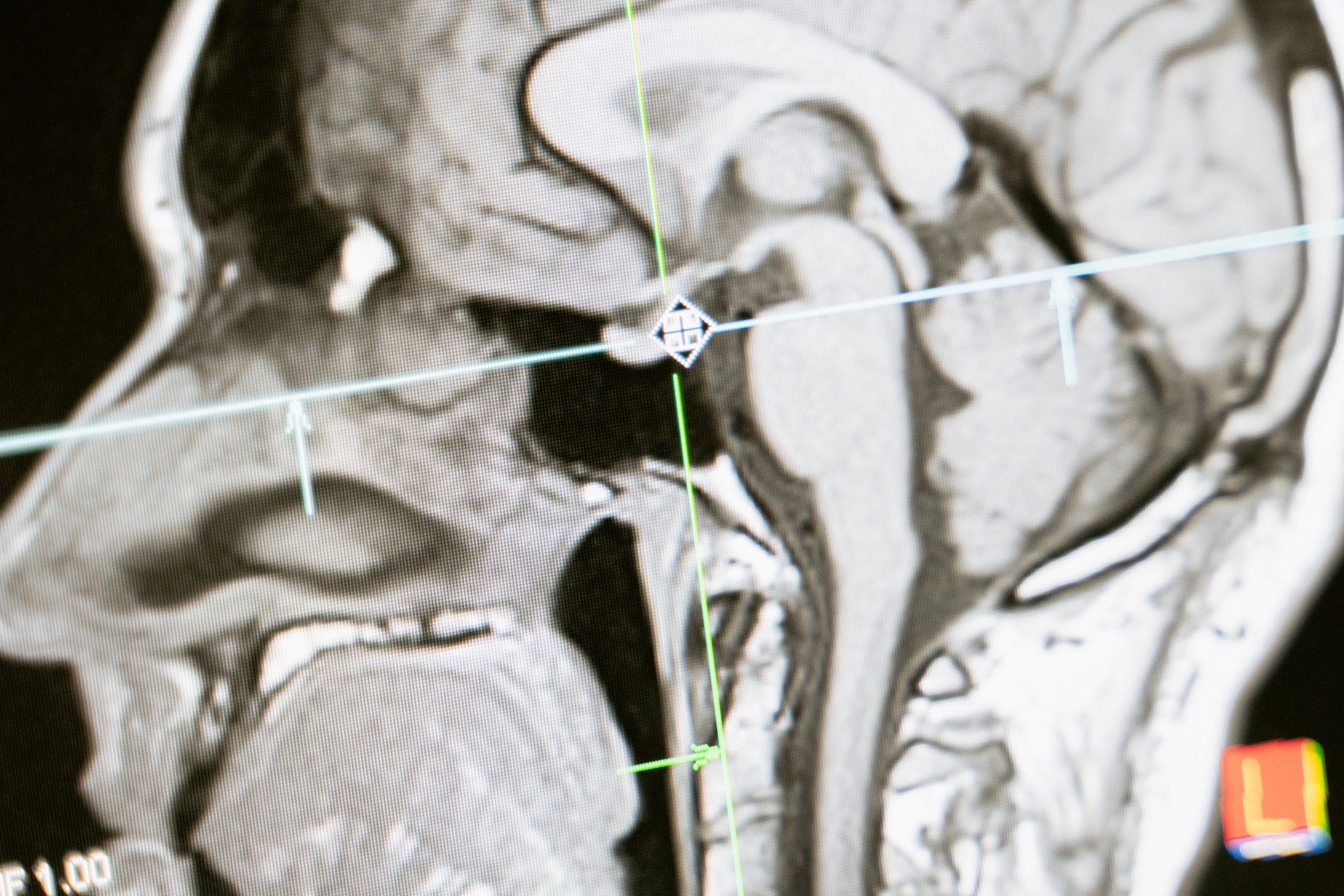Ear Tumours
Ear tumours, though relatively rare, can have a significant impact on an individual’s hearing, balance, and overall ear health. In this comprehensive guide, we will explore ear tumours, including their causes, prevalence, and the treatment options available, with a focus on surgical interventions provided by ENT specialists.
1. What is the condition about?
Ear tumours refer to abnormal growths or masses that develop within the ear canal, middle ear, or inner ear. These growths can be benign (non-cancerous) or malignant (cancerous) and may originate from various structures within the ear, such as the ear canal, middle ear, or the delicate structures of the inner ear. Ear tumours can interfere with hearing, balance, and may lead to other complications if left untreated.

2. What are the causes?

The exact causes of ear tumours can vary widely based on the type and location of the tumour. Some potential
causes and risk factors include:
- Genetic Factors : Some individuals may have a genetic predisposition to developing ear tumours.
- Exposure to Harmful Substances : Prolonged exposure to certain chemicals or environmental toxins may increase the risk.
- Prior Ear Infections : Chronic ear infections or inflammation can contribute to the development of ear tumours.
3. How common is the condition?
Ear tumours are relatively rare compared to other ear conditions. The prevalence varies depending on the type of tumour and geographic region. Benign tumours, such as acoustic neuromas, are more common than malignant tumours.
4. What can an ENT Specialist do for you?
ENT specialists, also known as otolaryngologists, are highly trained to diagnose and treat ear conditions, including tumours. They play a crucial role in the evaluation and management of ear tumours. When you consult an ENT specialist for ear tumours, they will :
- Perform a thorough examination of the ear, which may include otoscopy, audiometric tests, and imaging studies like CT scans or MRIs to determine the type, size, and location of the tumour.
- Confirm whether the tumour is benign or malignant.
- Develop a personalized treatment plan based on the specific type and stage of the tumour.
5. How can the condition be treated?
Treatment for ear tumours is highly individualized and depends on several factors, including the type, size,location, and whether the tumour is benign or malignant.
Treatment options may include:

Observation
In cases of small, benign tumours that do not pose an immediate threat, close monitoring may be recommended.

Surgery
Surgical removal of the tumour is a common treatment approach. The surgical technique used will depend on the tumour’s location and characteristics.

Radiation Therapy
For certain tumours, especially in the inner ear, radiation therapy may be used to shrink or control the growth of the tumour.

Chemotherapy
This treatment is typically reserved for malignant ear tumours and may be used in combination with surgery or radiation therapy.
6. Guidelines for Surgery
Surgical removal of ear tumours involves precise techniques tailored to the tumour’s location. Guidelines for ear
tumour surgery include:
- Preoperative evaluation, including imaging and audiometric tests.
- Discussion of potential risks, benefits, and alternatives to surgery.
- Selection of the most appropriate surgical approach based on the tumour’s characteristics.
7. Surgical Procedures for Ear Tumours
It’s important to note that the choice of surgical procedure depends on the individual patient’s condition and the recommendations of the ENT specialist. The surgeon will consider factors such as the tumour’s type, size,location,
and its impact on hearing and surrounding structures when planning the surgical approach.
Prior to surgery, patients will undergo a thorough preoperative evaluation, which may include imaging studies,hearing tests, and consultations to ensure the most appropriate surgical technique is selected. Postoperative care and follow-up are equally crucial to monitor healing, hearing function, and to address any potential complications.
In conclusion, surgical intervention plays a vital role in the management of ear tumours. The choice of surgical approach is highly individualized and tailored to the specific characteristics of the tumour. Patients should have open and detailed discussions with their ENT specialist to fully understand the surgical procedure recommended and its potential outcomes.
